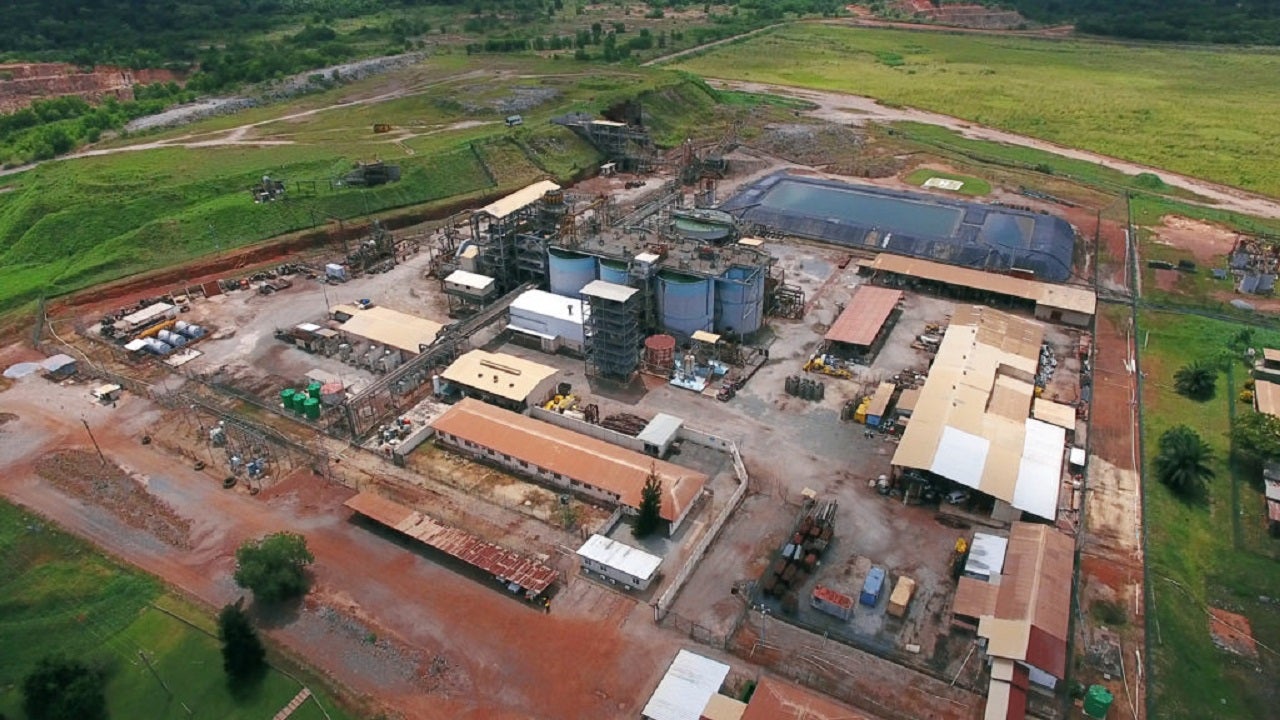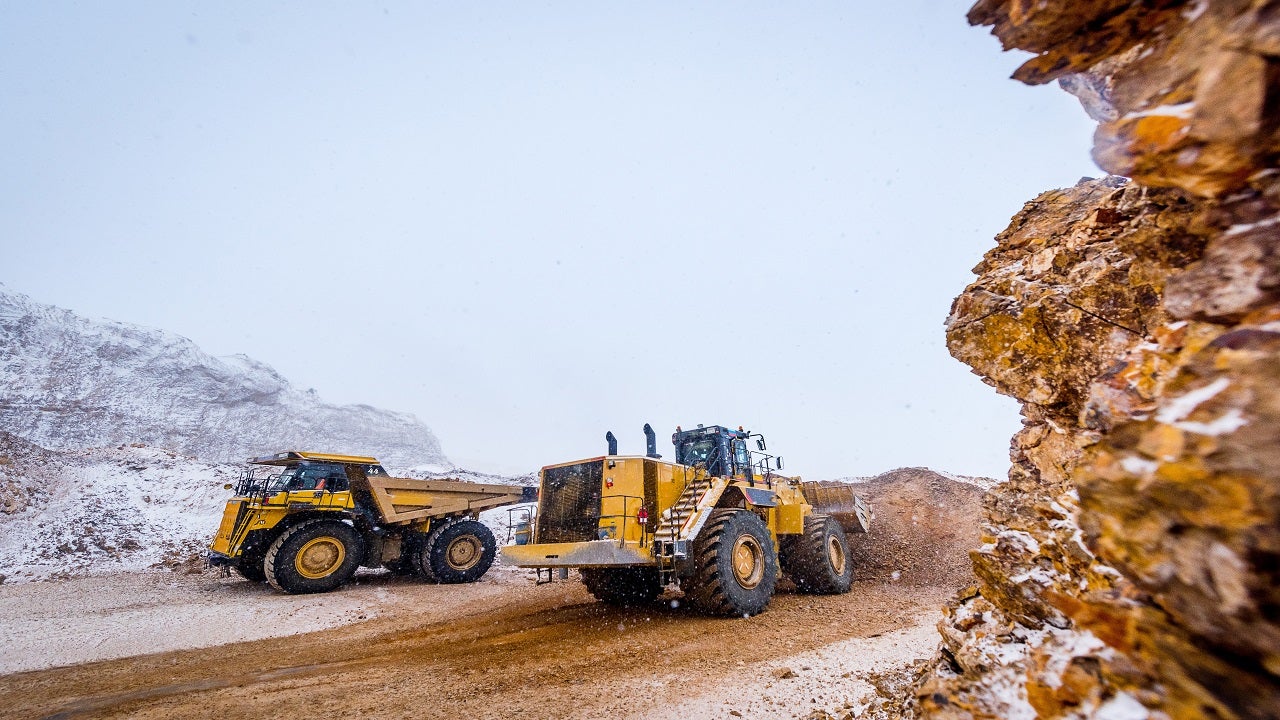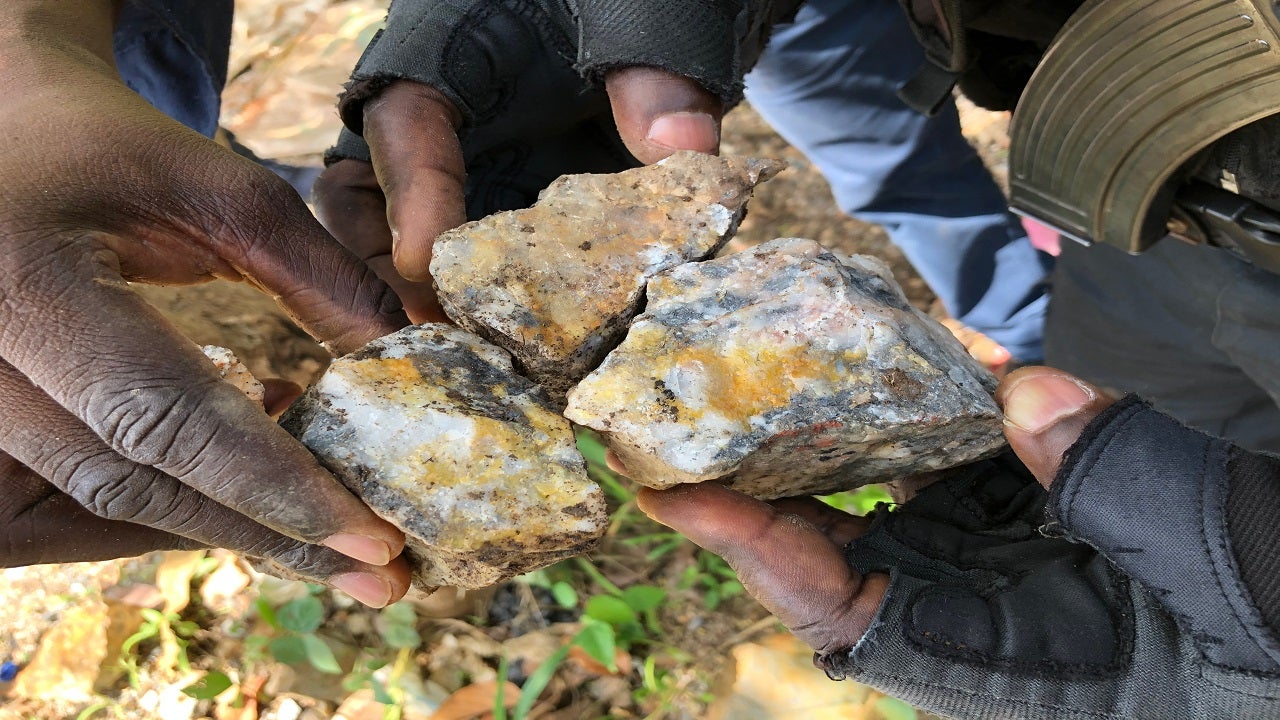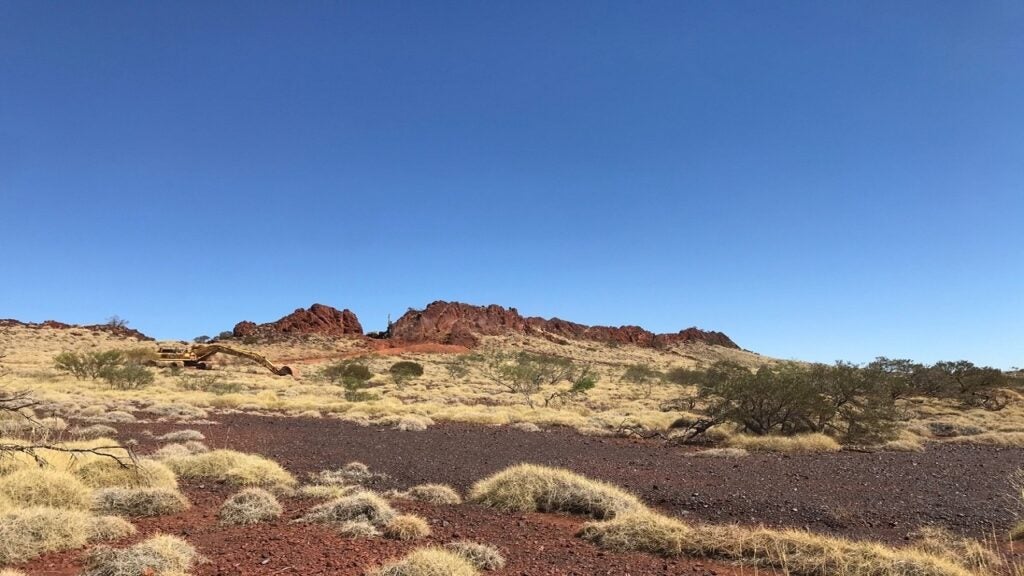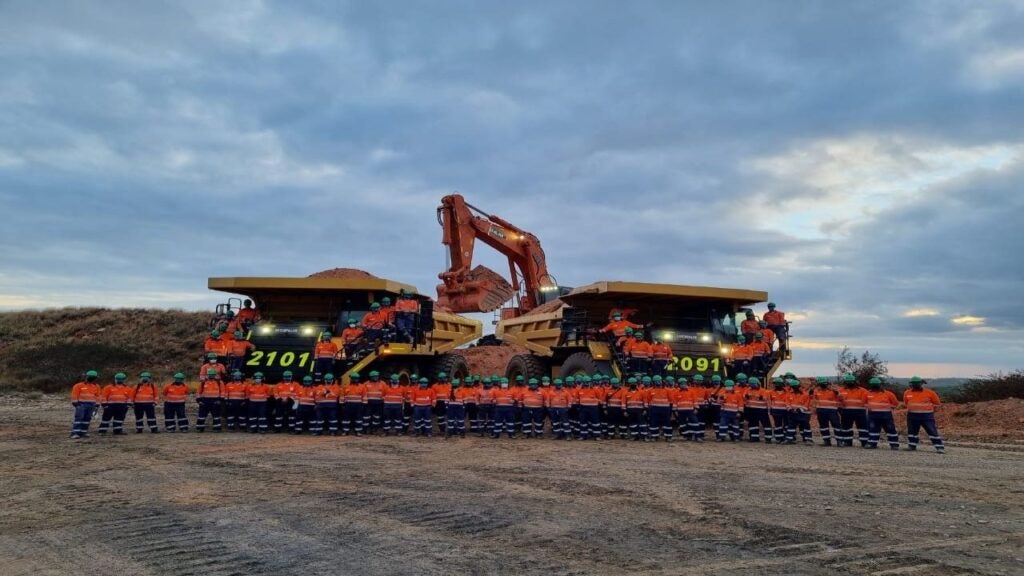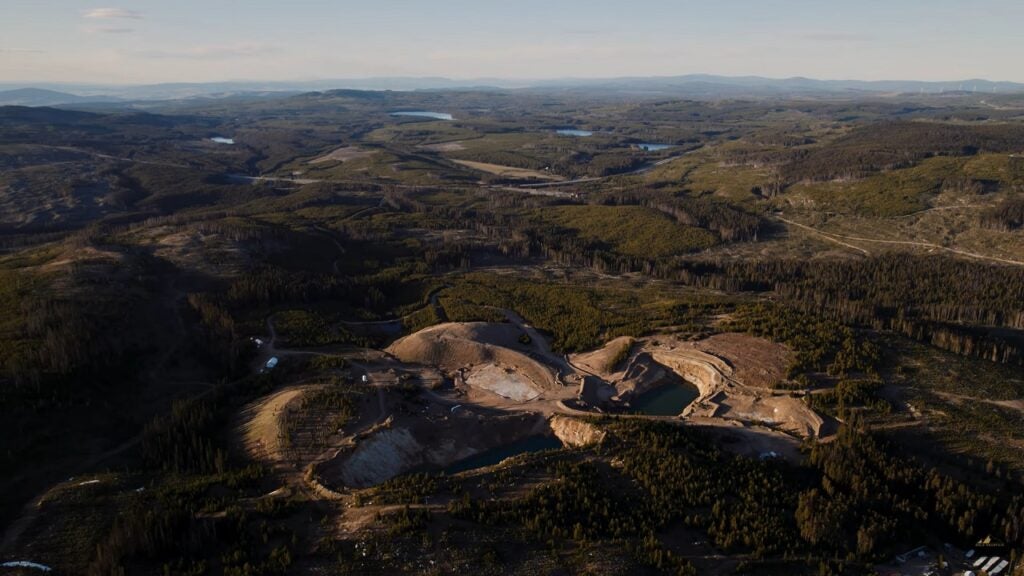The Bibiani gold project is an underground mine located in the western region of Ghana. The mineral concessions of the deposit are located approximately 80km south-west of Kumasi, the capital city of the Ashanti Region.
The feasibility study of the gold project was completed in June 2016, and the second phase of resource drilling started in December 2016. Infill and extensional drilling at the mine is expected to be started in the fiscal year 2017 to bring the historic mine back into production.
An updated feasibility study, which was released in June 2018, outlined that the Bibiani has the potential to generate approximately 100,000oz per annual basis over a ten-year mine life at a life-of-mine all-in sustaining cost of $764/oz. The update was released according to two surface and underground resource drilling programmes that were commenced in 2014.
In 2019, the Ghanan Government approved and released a new environment authority permit for the redevelopment and recommissioning of the Bibiani gold mine. The permit is valid for 18 months until June 2021.
Bibiani gold project ownership
Mensin Gold Bibiani Limited (MGBL), a wholly owned subsidiary of Resolute Mining, is the owner of the Bibiani gold project. Resolute Mining currently owns 100% of MGBL while the Ghana Government is entitled to a 10% free carried interest in MGBL.
Resolute gained control over the Bibiani project through a deed of company arrangement (DOCA) with Noble Mineral Resources. The ownership was transferred to MGBL in June 2014.
In December 2020, Resolute Mining signed a binding agreement with Chijin International (HK), a wholly owned subsidiary of Chifeng Jilong Gold Mining to sell the project for $105m.
Bibiani mine geology and mineralisation
The Bibiani gold mine is found within a series of fine-grained graded turbidites containing localised interbeds of fine to medium-grained turbiditic sandstones. The orebody is classified as a mesothermal lode-type deposit and is much identical to the lode deposits of the Konongo-Axim belt that host the Obuasi deposit.
The ore body is hosted within a shear zone, filled with quartz, within Lower Birimian sediments close to the eastern contact with Upper Birimian rocks.
Mineralisation in the main pit area occurs within a vertical to steeply east-dipping zone extending over approximately 2,300m of strike length.
Majority of the mineralisation is associated with quartz veins and quartz stockworks, and is closely associated with sulphides and photomicrographs. Gold is predominantly fine and found mostly along edges or cracks in pyrite and arsenopyrite sulphide minerals.
Reserves at Bibiani gold deposit
As of December 2019, the Bibiani gold mine was estimated to contain probable ore reserve of 6.4Mt, containing 660,000oz of gold.
The mine contains indicated and inferred resources of 10.1Mt at 3.4g/t containing 1.1Moz of gold.
Mining and processing of ore from Bibiani mine
Long hole open stoping mining method will be applied at the underground Bibiani mine. The developer proposes to use longitudinal method, wherever the width of the planned stope is less than 15m.
Ore from the mine will be processed at the existing processing plant. The ore will be primarily crushed and delivered to the reclaim stockpile. Front-end loaders (FEL) will be used to reclaim the stockpiled crushed ore and fed into the 1Mtpa milling circuit.
The milling circuit comprises a semi-autogenous grinding (SAG) mill, which operates in a single-stage closed circuit. The mill will reduce the product size to P80 106μm. The mill discharge will be classified by new 400mm hydrocyclones, wherein a portion of the cyclone underflow will be fed to the skim-air flash flotation cell for initial sulphide recovery.
Cyclone overflow will be screened to remove trash prior to scavenger flotation, and the resulting flotation and skim-air concentrates diverted to the fine grinding circuit.
Concentrate will then be pre-cycloned in new 150mm cyclones, with the overflow transferred to the concentrate thickener. Cyclone underflow will be directed to the Metprotech stirred mill for regrinding to a P80 of 25μm before pumping to the new carbon-in-leach (CIL) circuit comprising three tanks.
The concentrate leach tailings will be combined with the flotation tailings in the new flotation tailings leach circuit. The final tailings will be pumped to the tailings storage facility.
Carbon will be advanced through the flotation tail leach circuit and onto the concentrate leach circuit before being removed for elution.
Gold will be recovered from the loaded carbon in a 4t-capacity AARL elution plant, which is then deposited on to stainless-steel cathodes in an electrowinning circuit.
During the course of 2019, the processing plant milled a total of 6.55Mt of ore at an average grade of 2.03g/t of gold for the recovery of 364,610oz of gold.
Infrastructure facilities at Bibiani gold mine
Access to the gold mine is from the eastern region, along the Kumasi-Bibiani-Sefwi Bekwai highway.
Power supply for the mine is provided from the national grid while two freshwater dams already existing on the mine property will be used to meet the water needs.
The mine is serviced by two well equipped coastal ports namely Tema, which is located to the east of Accra; and Takoradi, which is on the western region of Ghana.
Key players involved
Resolute Mining engaged African Underground Mining Services (AUMS) to conduct drilling as part of the Bibiani feasibility study.
Minelogix developed the processing system for the Bibiani gold mine.

